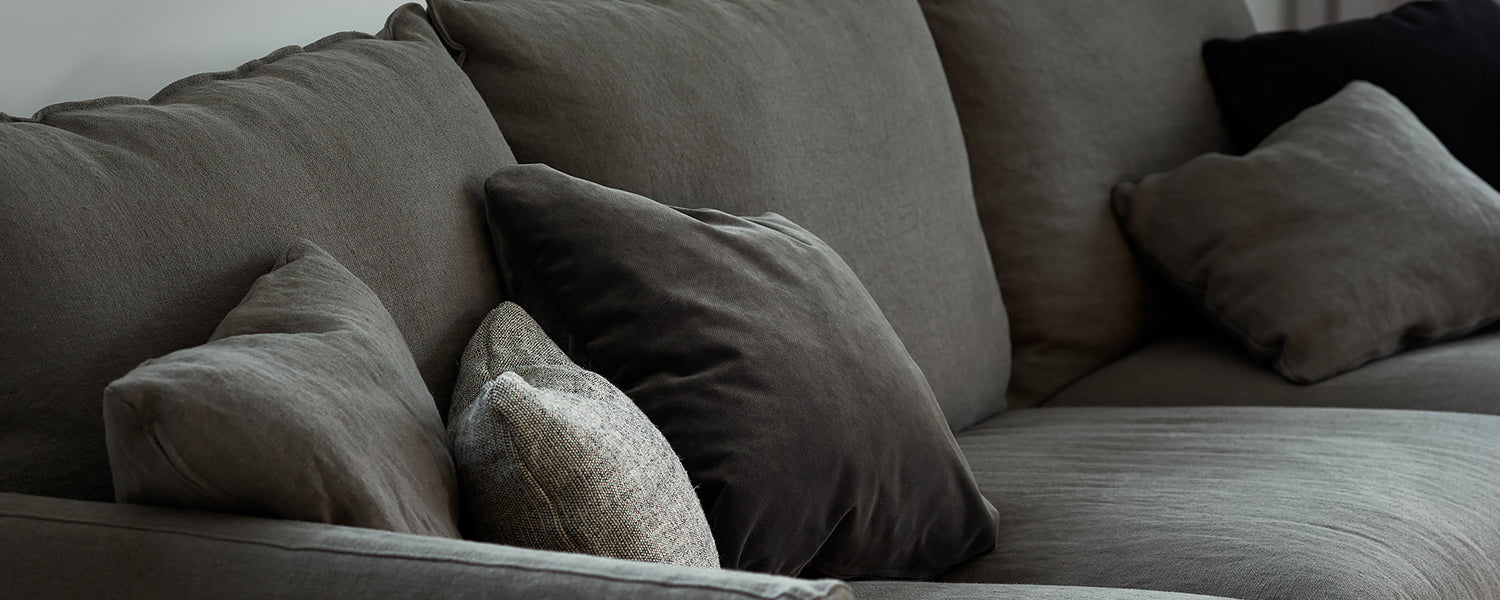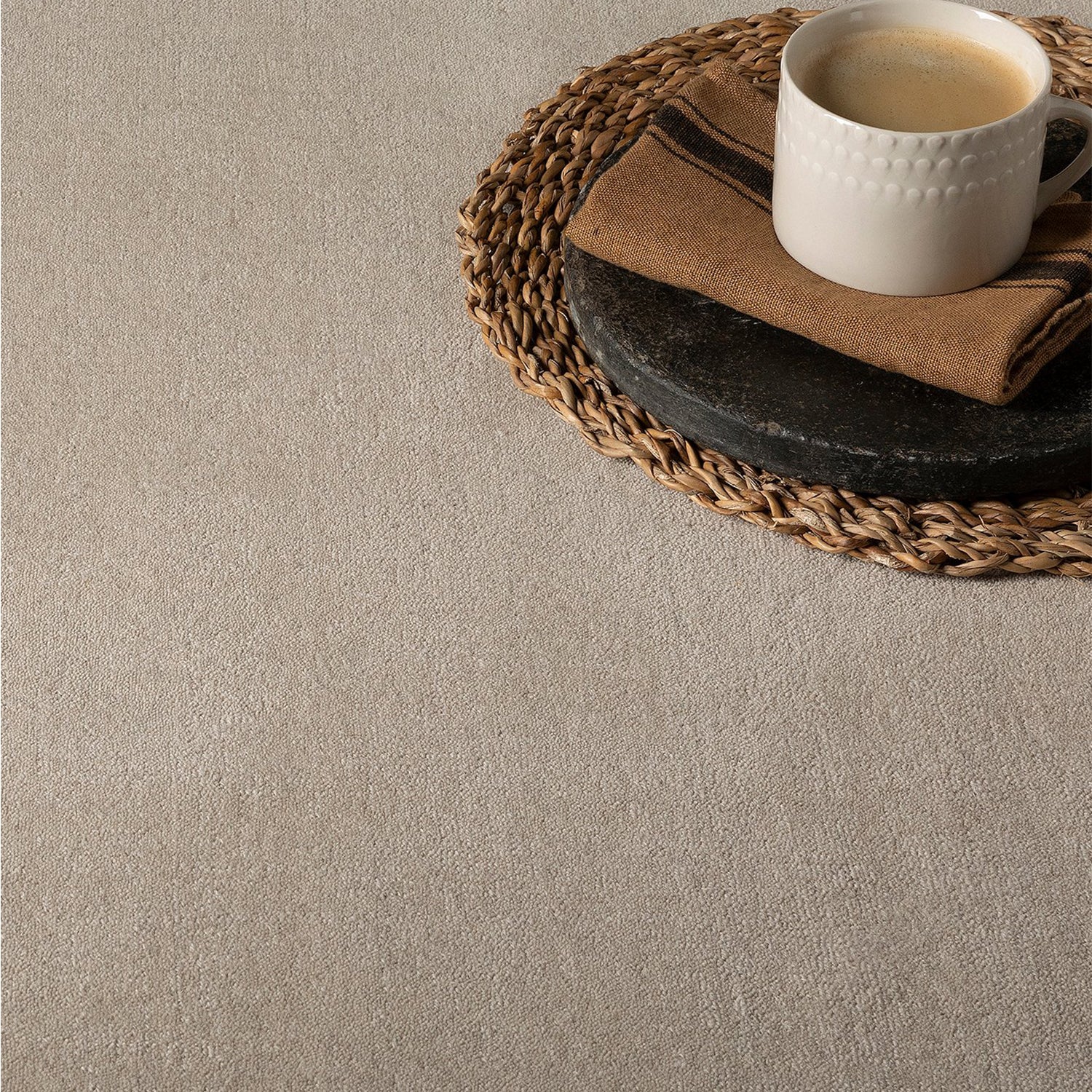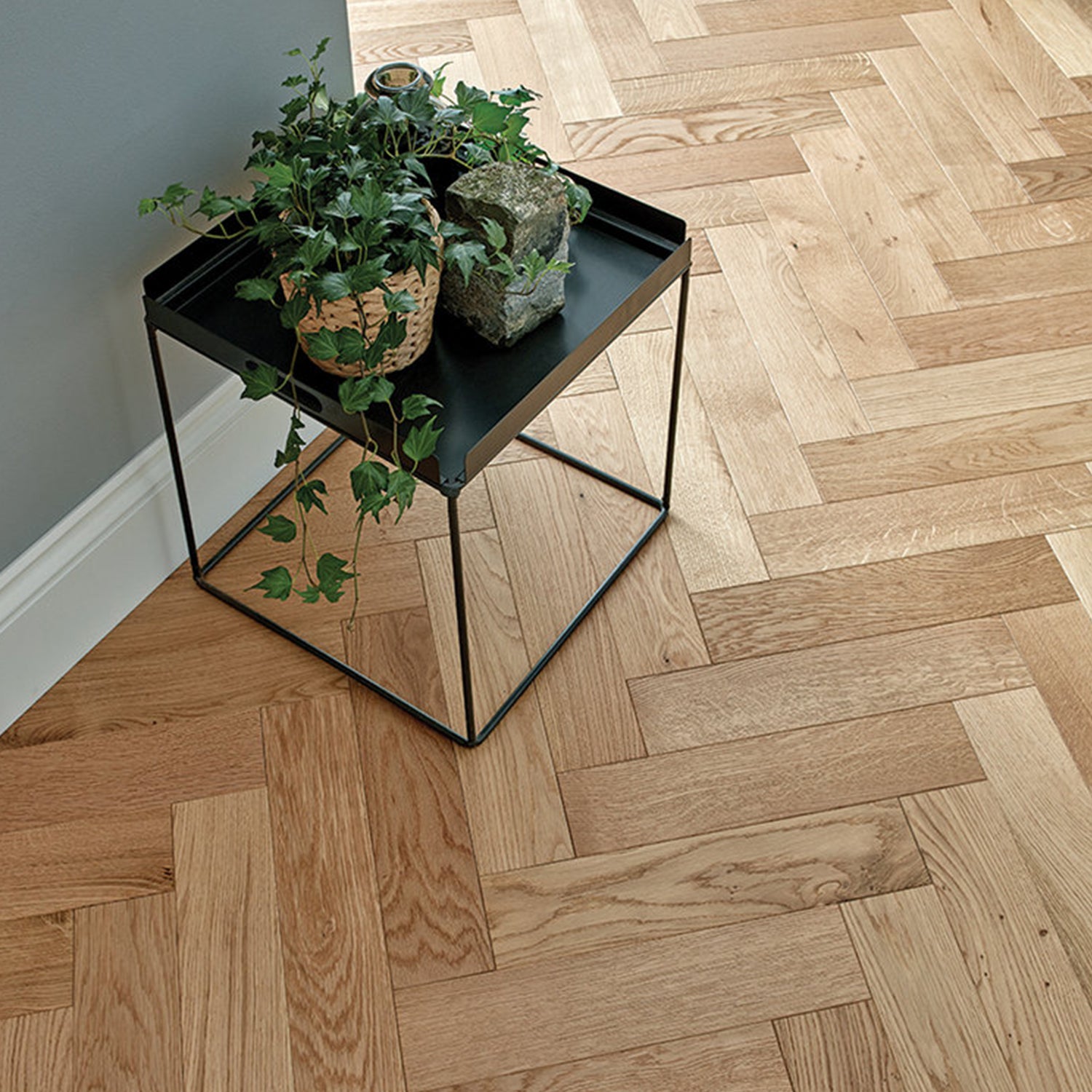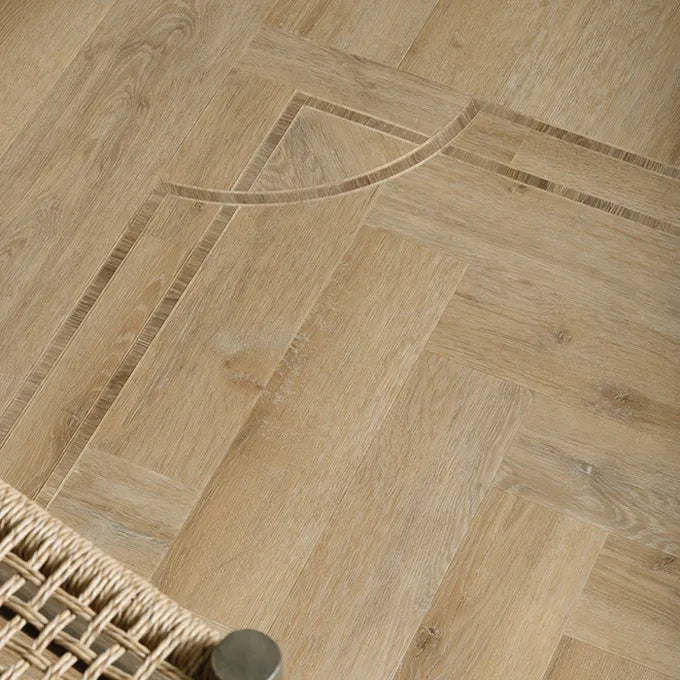At Iroka, each piece of furniture is crafted with care and attention to detail, using premium materials designed to last. To ensure your furniture remains beautiful and functional for years to come, we’ve outlined simple care tips for every material and finish we use.
Our care guidelines may vary between brands. Please contact us for brand-specific product care information.
Furniture Care
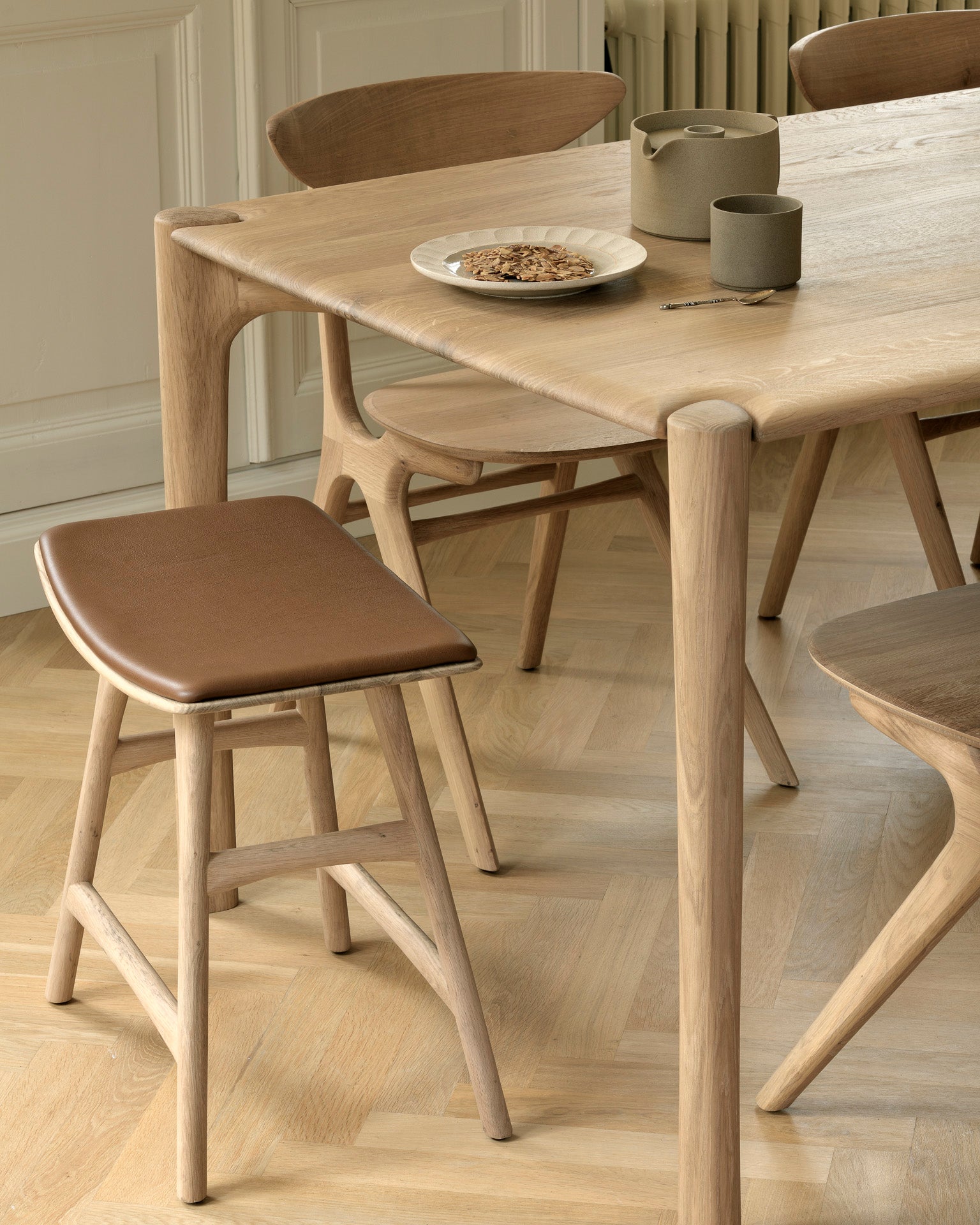
General Care
- Clean Regularly: Wipe surfaces with a soft, dry cloth to remove dust. For deeper cleaning, use a slightly damp cloth followed by a dry one.
- Avoid Harsh Chemicals: Do not use bleach, solvent-based, or abrasive cleaners, as these can damage finishes and materials.
- Protect from Sunlight: Prolonged exposure to direct sunlight can cause fading or discolouration. Position your furniture away from strong light sources where possible.
- Mind the Temperature: Keep your furniture in a stable environment. Avoid placing pieces too close to radiators, fireplaces, or air-conditioning vents.
- Use Mats & Coasters: Prevent marks and heat rings by using coasters under drinks and mats under hot dishes.
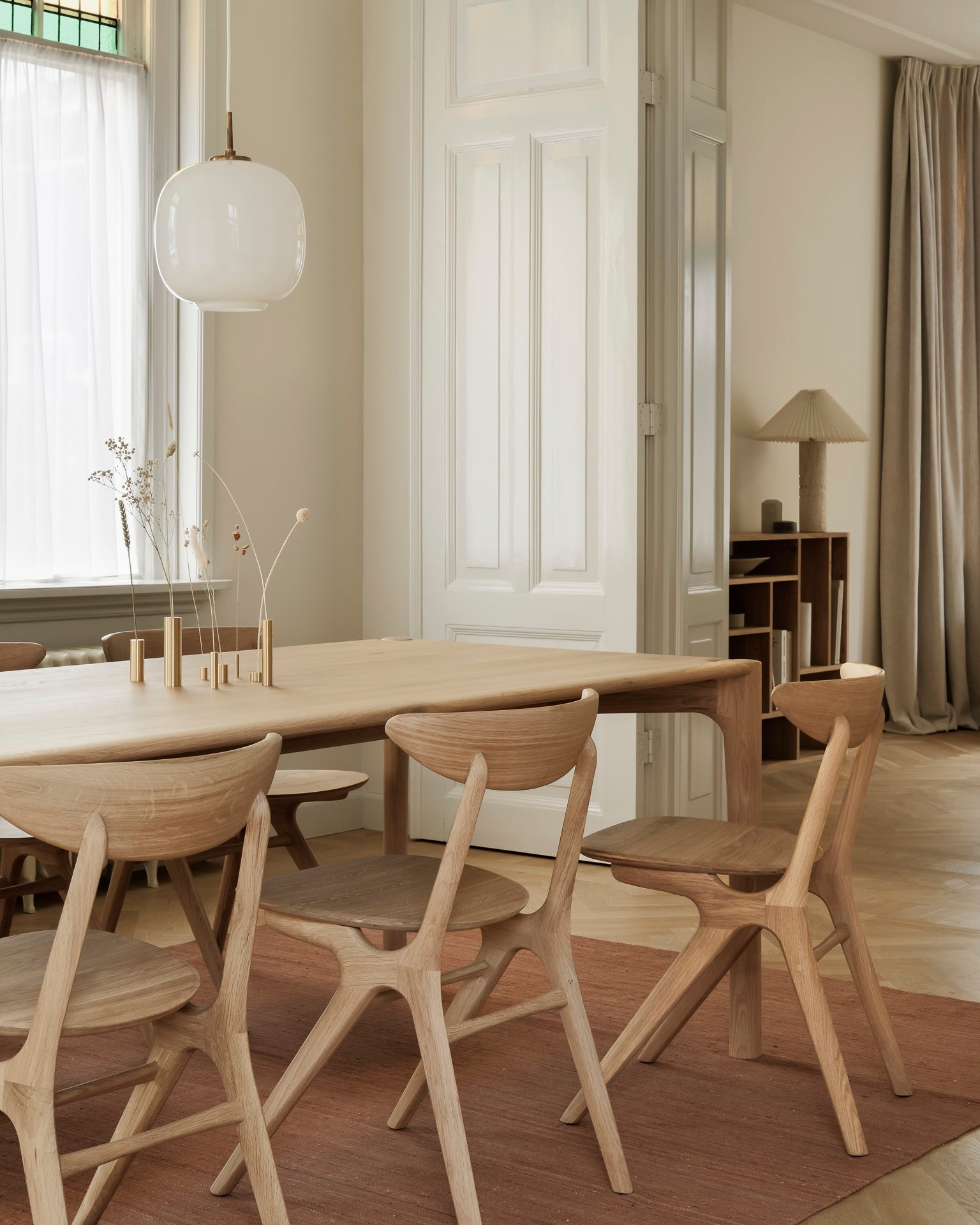
Wood Furniture
- Dust Often: Use a soft lint-free cloth to prevent dust build-up.
- Polish Sparingly: Apply a quality furniture wax or polish occasionally to nourish the wood and enhance its natural lustre.
- Wipe Spills Immediately: Liquids can seep into the wood and cause staining or warping if left for too long.
- Avoid Excess Moisture: Use a dry or lightly damp cloth—never soak the surface.
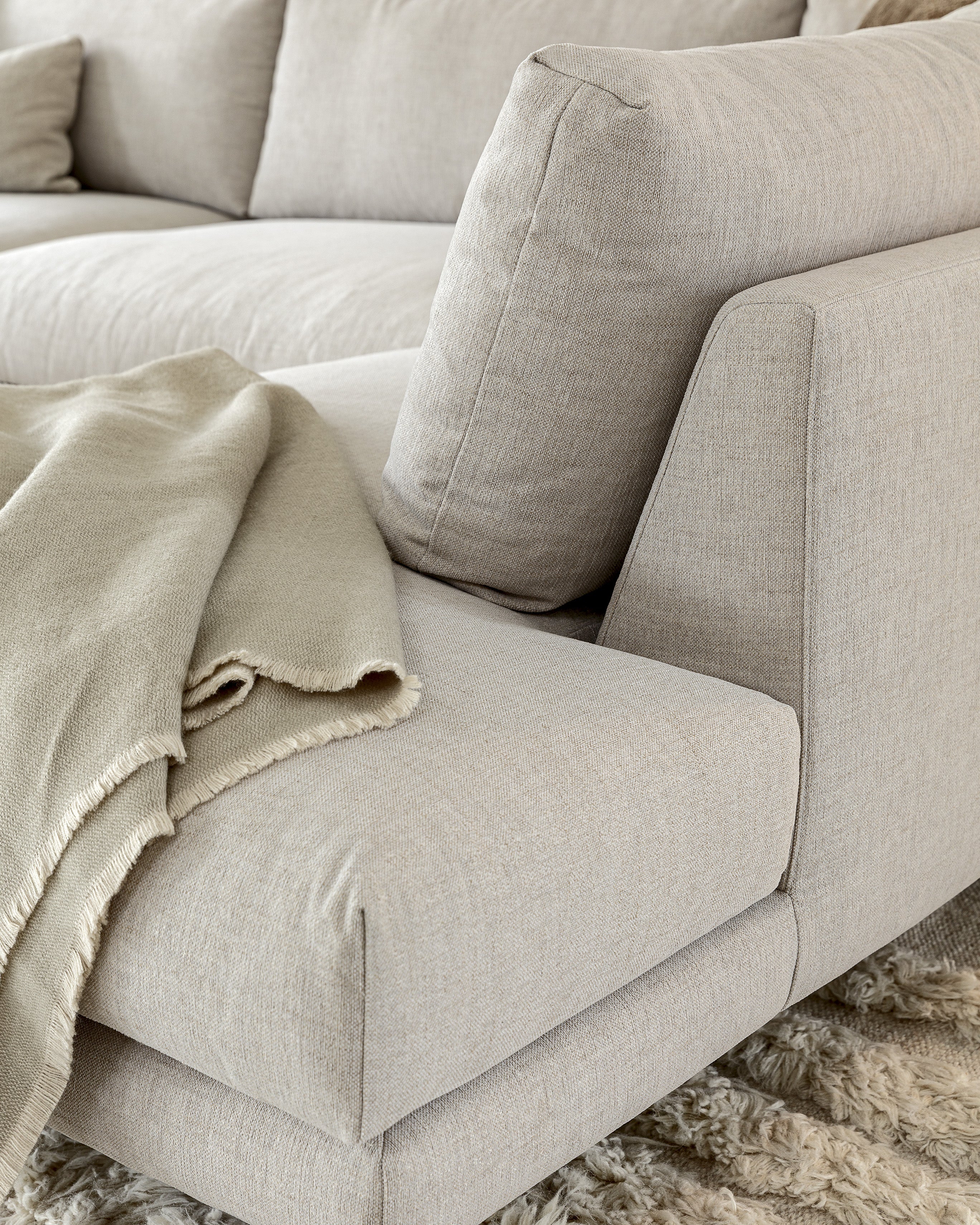
Upholstery & Fabric
- Vacuum: Use a soft brush attachment to remove dust and debris from fabric fibres.
- Spot Clean Carefully: Blot spills immediately with a clean, dry cloth. If necessary, use a mild detergent diluted with water—never rub.
- Professional Cleaning: For deeper cleaning, we recommend professional upholstery cleaning.
- Rotate Cushions: To maintain even wear and shape, turn and fluff cushions regularly.
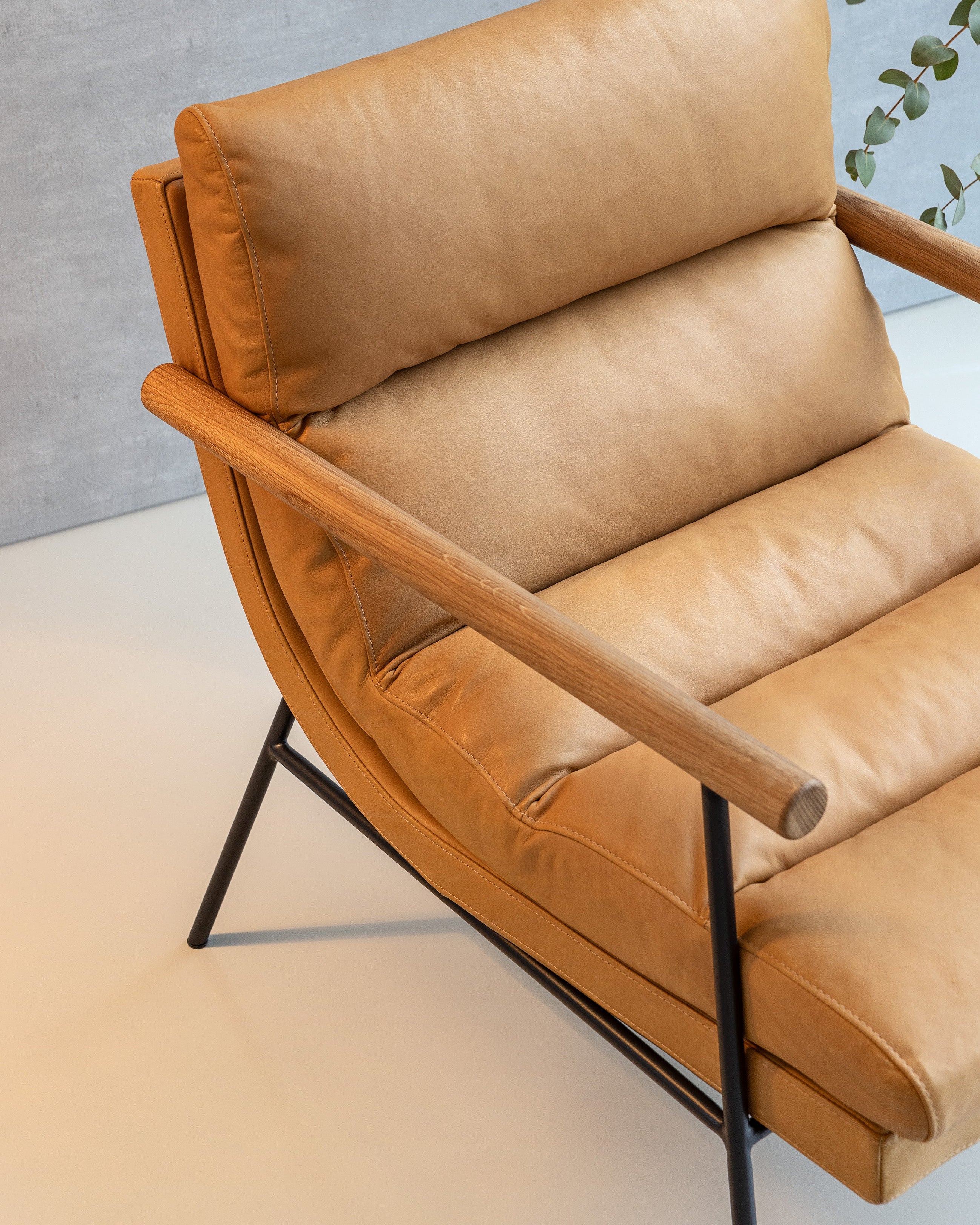
Leather
- Wipe Gently: Use a soft, damp cloth to clean, followed by a dry one.
- Condition Occasionally: Apply a leather conditioner every 6–12 months to prevent drying and cracking.
- Avoid Direct Heat & Sunlight: Leather can fade and stiffen if exposed for long periods.
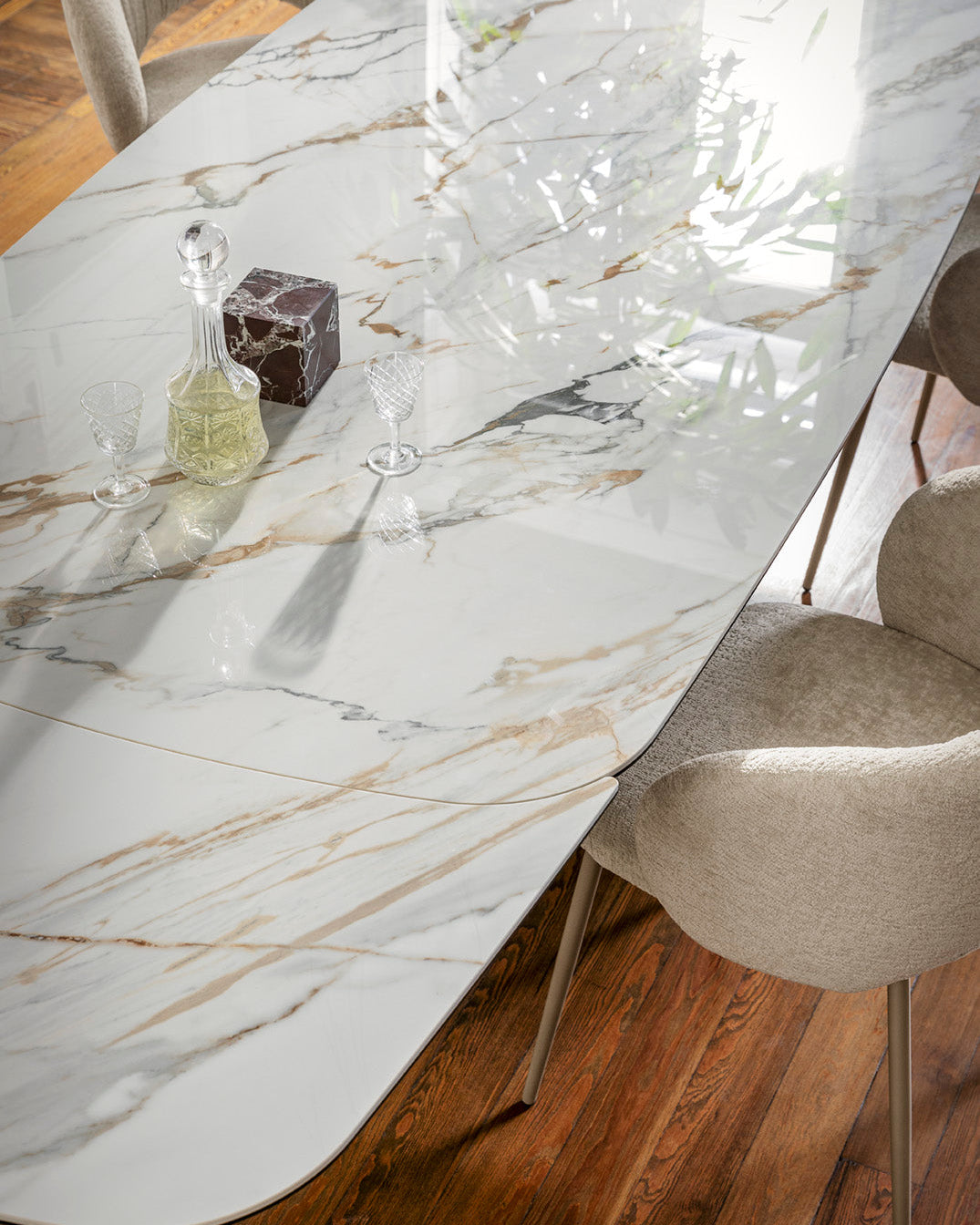
Stone & Marble Surfaces
- Clean with Care: Use a mild soap solution and soft cloth—avoid acidic or abrasive cleaners.
- Seal Periodically: Some stone surfaces benefit from occasional resealing to protect against stains.
- Wipe Spills Quickly: Especially liquids like wine, citrus, or vinegar, which can etch the surface.
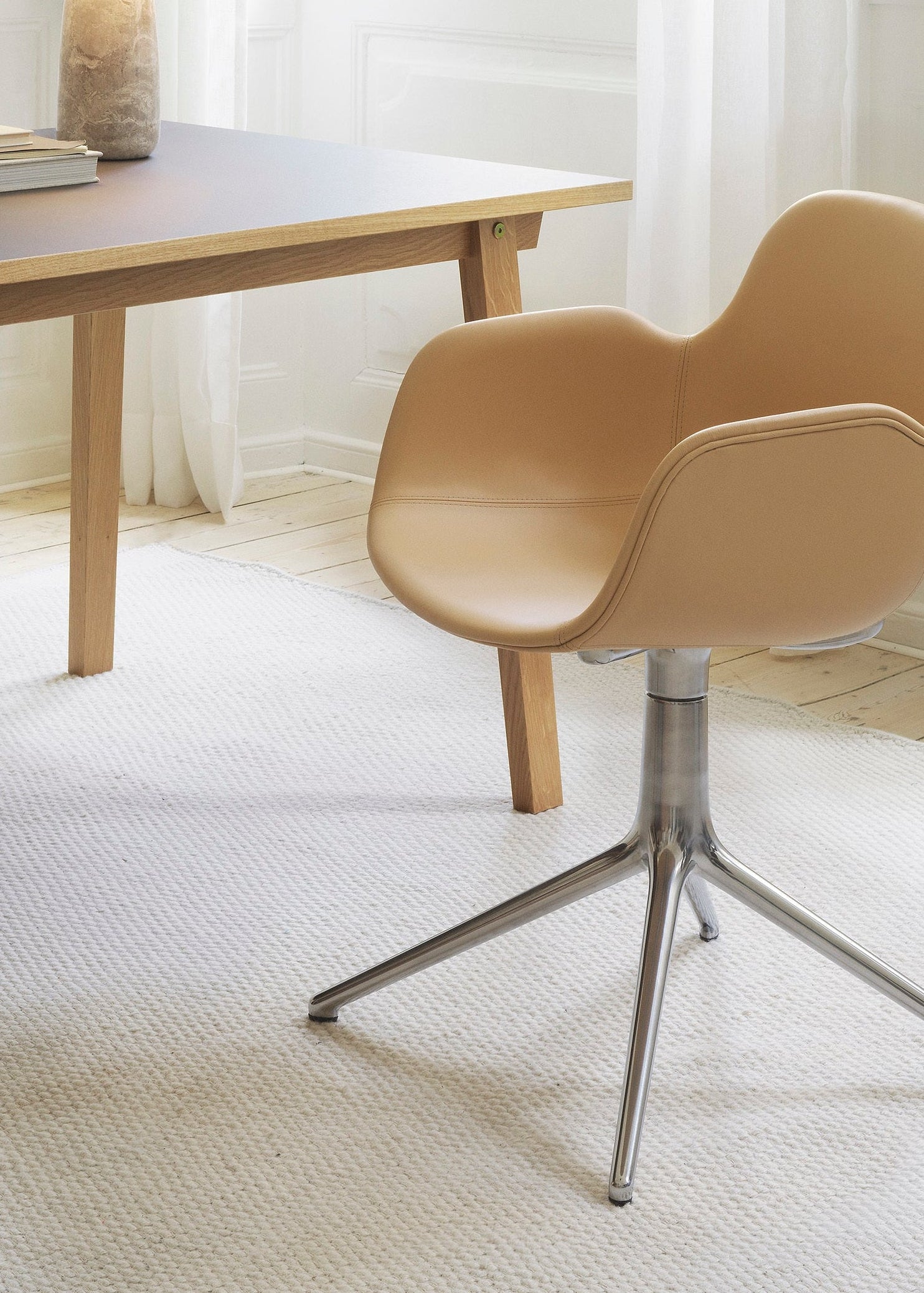
Metal & Hardware
- Regular Dusting: Wipe with a dry microfiber cloth to keep finishes bright.
- Avoid Moisture: If metal becomes wet, dry it immediately to prevent corrosion.
- Polish Occasionally: Use a non-abrasive metal polish if needed, following the manufacturer’s instructions.
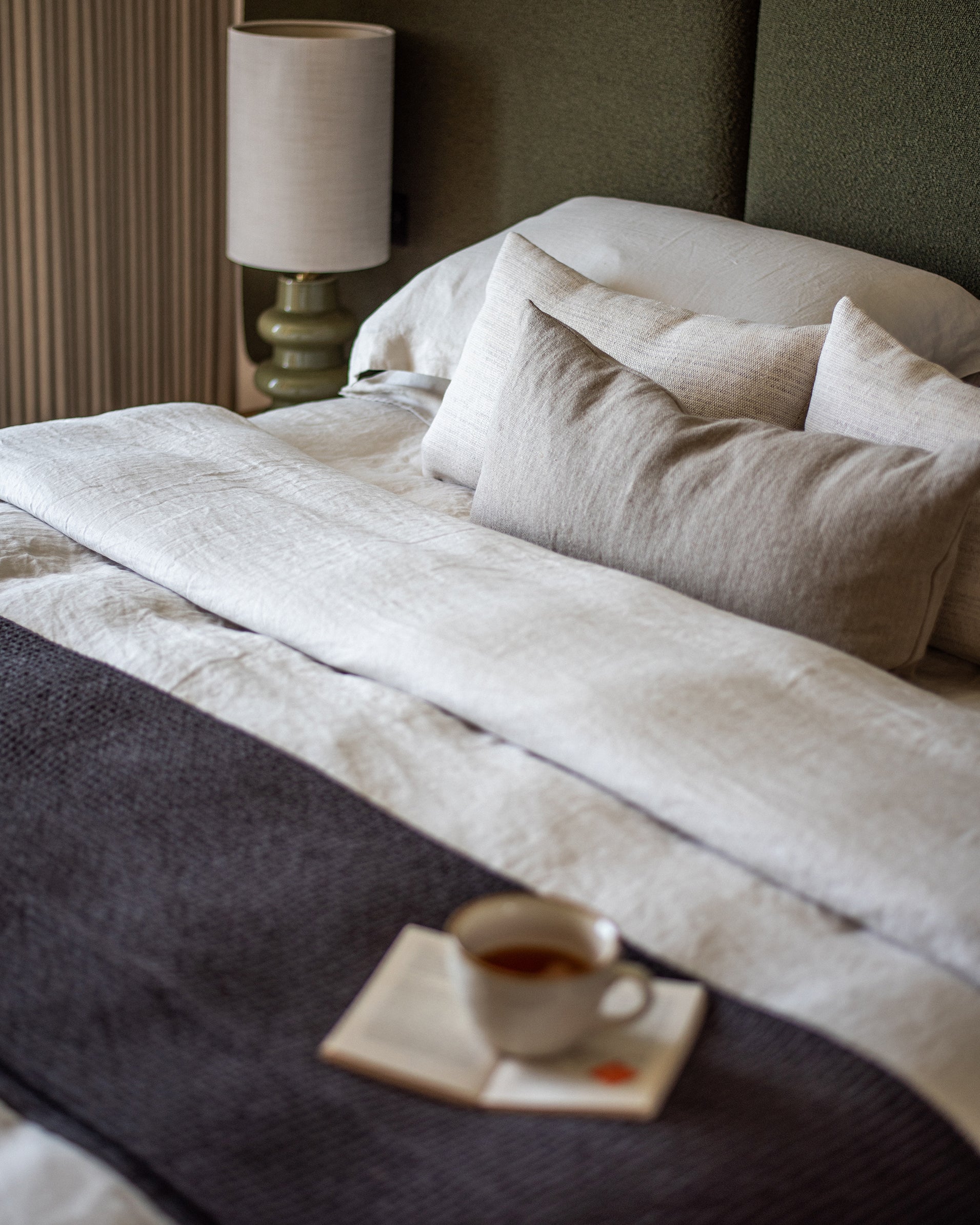
Product Aftercare
We may recommend specific products to help you care for your new furniture. As care requirements can vary between brands and materials, please contact us for tailored advice on the most suitable products for your pieces.
Sustainability & Longevity
Caring for your furniture not only preserves it's beauty but also supports sustainable living. By maintaining your Iroka pieces, you extend their life and reduce waste - Keeping craftmanship and conscious design at the heart of your home.
Flooring Care
Curtains & Blinds
Care & Longevity
- Avoid moisture — Keep away from direct contact with condensation or steam to prevent warping or mildew.
- Protect from heat — Maintain distance from radiators or vents to avoid fabric shrinkage or slat distortion.
- Sunlight protection — Continuous exposure to strong sunlight can fade colours; consider using sheers or UV-protective linings.
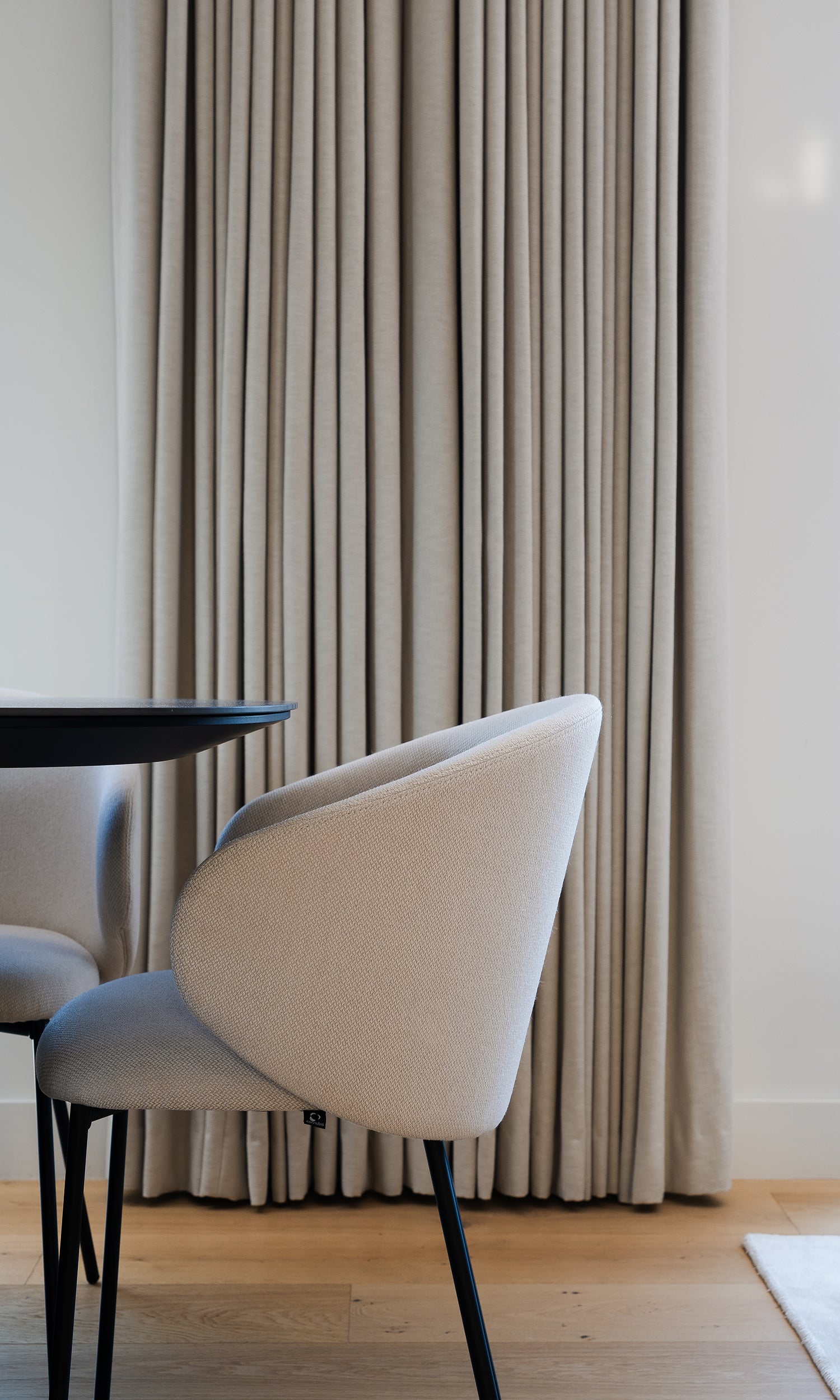
Routine Maintenance
- Dust regularly — Use a vacuum with a soft brush attachment or a lint-free cloth to remove dust.
- Air occasionally — Gently shake or hang outdoors in the shade to refresh and release trapped dust.
Cleaning & Stain Removal
- Spot clean promptly — Blot spills with a clean, dry cloth. Avoid rubbing, which can damage fibers.
- Mild solution only — For small marks, use lukewarm water and a pH-neutral detergent. Always test a hidden area first.
- Avoid harsh chemicals — Do not use bleach or strong solvents that may fade or weaken fabrics.
Washing & Drying
- Hand or machine wash (if suitable) — Use a gentle cycle with cold water and mild detergent. Do not wring.
- Dry cleaning — Recommended for lined, blackout, silk, or delicate fabrics.
- Dry naturally — Hang while damp to reduce creasing. Avoid direct sunlight and tumble drying.
Seasonal Care
- Deep clean once a year — We recommend getting your curtains professionally cleaned.
- Store with care — When not in use, fold loosely and wrap in breathable cotton; avoid plastic covers.
All our curtains and Roman blinds are custom-made using your chosen fabrics, meaning each piece has a unique fabric composition — offering distinct qualities and individual care requirements to ensure long-lasting beauty.
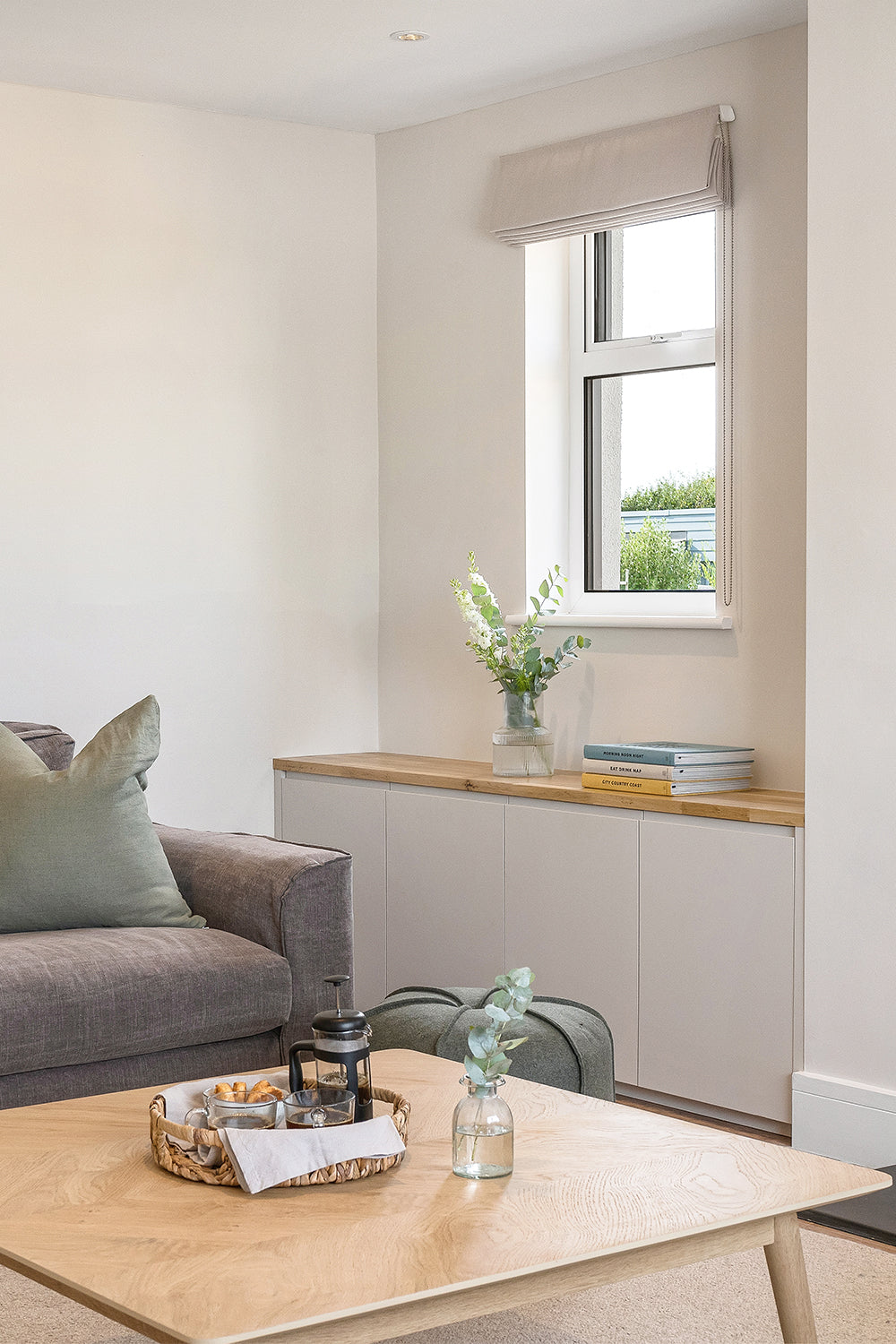
Routine Maintenance
- Dust frequently — Use a soft duster, microfiber cloth, or vacuum brush attachment.
- Spot clean as needed — Gently wipe small marks with a damp cloth and mild detergent. Avoid soaking.
- Inspect mechanisms — Check cords, chains, and brackets regularly for smooth operation.
Material-Specific Tips
- Roller blinds — Lower fully and wipe gently with a damp cloth. Allow to dry before rolling back up.
- Venetian blinds (wood or metal) — Tilt slats and clean each side with a soft cloth. For stubborn grime, use a slightly damp cloth, then dry immediately.
- Roman blinds — Vacuum with a brush attachment. For deeper cleaning, professional dry cleaning is advised.
- Vertical blinds — Remove individual vanes and clean flat. Re-hang promptly to maintain shape and alignment.
All our blinds are fitted with child safety features designed to unlatch if pulled with excessive force. This mechanism helps keep your home safe while protecting the blind from damage. In most cases, the fittings can be easily clipped back into place, but if you’d like assistance, we offer a blind repair service where one of our fitters can assess your window dressings and advise on the best repair solution.
Routine Maintenance
- Dust regularly — Use a vacuum with a soft brush attachment or a lint-free cloth to remove dust.
- Air occasionally — Gently shake or hang outdoors in the shade to refresh and release trapped dust.
Cleaning & Stain Removal
- Spot clean promptly — Blot spills with a clean, dry cloth. Avoid rubbing, which can damage fibers.
- Mild solution only — For small marks, use lukewarm water and a pH-neutral detergent. Always test a hidden area first.
- Avoid harsh chemicals — Do not use bleach or strong solvents that may fade or weaken fabrics.
Washing & Drying
- Hand or machine wash (if suitable) — Use a gentle cycle with cold water and mild detergent. Do not wring.
- Dry cleaning — Recommended for lined, blackout, silk, or delicate fabrics.
- Dry naturally — Hang while damp to reduce creasing. Avoid direct sunlight and tumble drying.
Seasonal Care
- Deep clean once a year — We recommend getting your curtains professionally cleaned.
- Store with care — When not in use, fold loosely and wrap in breathable cotton; avoid plastic covers.
All our curtains and Roman blinds are custom-made using your chosen fabrics, meaning each piece has a unique fabric composition — offering distinct qualities and individual care requirements to ensure long-lasting beauty.
Routine Maintenance
- Dust frequently — Use a soft duster, microfiber cloth, or vacuum brush attachment.
- Spot clean as needed — Gently wipe small marks with a damp cloth and mild detergent. Avoid soaking.
- Inspect mechanisms — Check cords, chains, and brackets regularly for smooth operation.
Material-Specific Tips
- Roller blinds — Lower fully and wipe gently with a damp cloth. Allow to dry before rolling back up.
- Venetian blinds (wood or metal) — Tilt slats and clean each side with a soft cloth. For stubborn grime, use a slightly damp cloth, then dry immediately.
- Roman blinds — Vacuum with a brush attachment. For deeper cleaning, professional dry cleaning is advised.
- Vertical blinds — Remove individual vanes and clean flat. Re-hang promptly to maintain shape and alignment.
All our blinds are fitted with child safety features designed to unlatch if pulled with excessive force. This mechanism helps keep your home safe while protecting the blind from damage. In most cases, the fittings can be easily clipped back into place, but if you’d like assistance, we offer a blind repair service where one of our fitters can assess your window dressings and advise on the best repair solution.


Contact Us
If you have any questions or queries about our care guidelines, please don’t hesitate to get in touch using the form below. You can also request specific care guides tailored to a particular brand or product.
Alternatively, feel free to give us a call on 01736 757 333 — our team will be happy to help.

